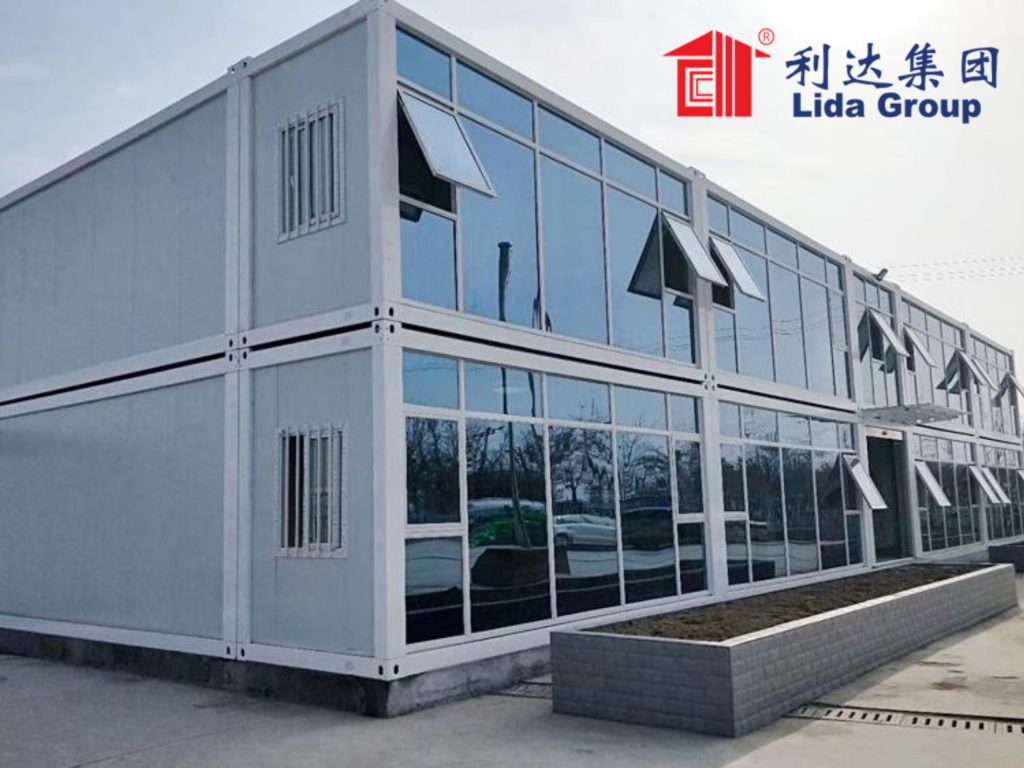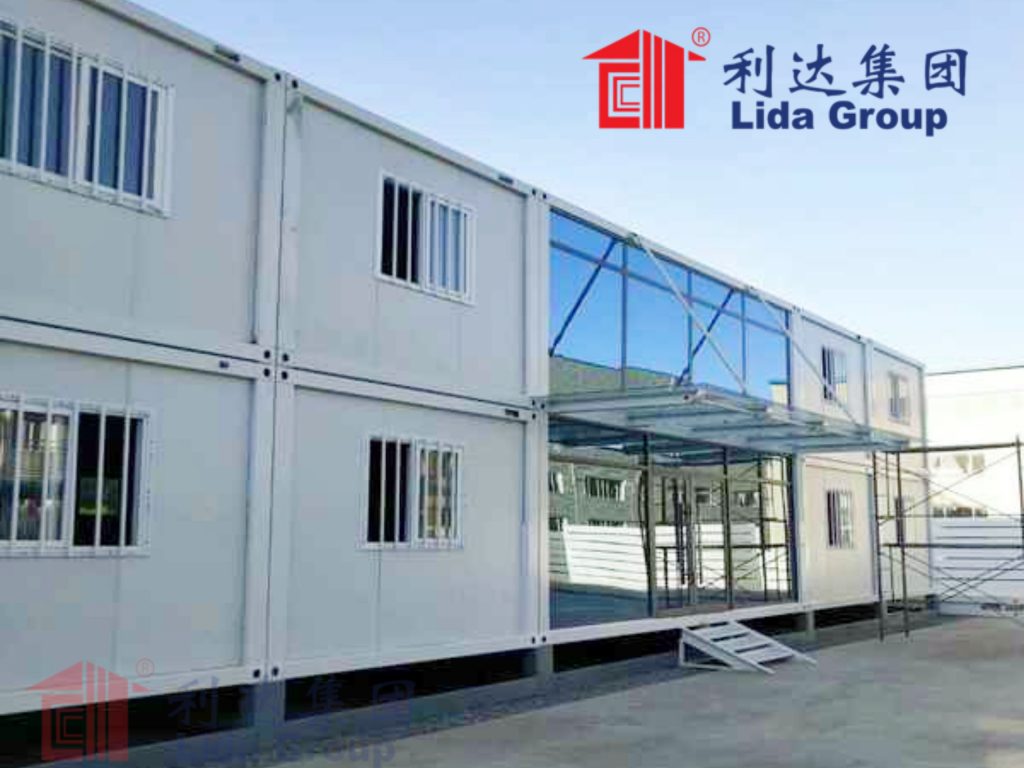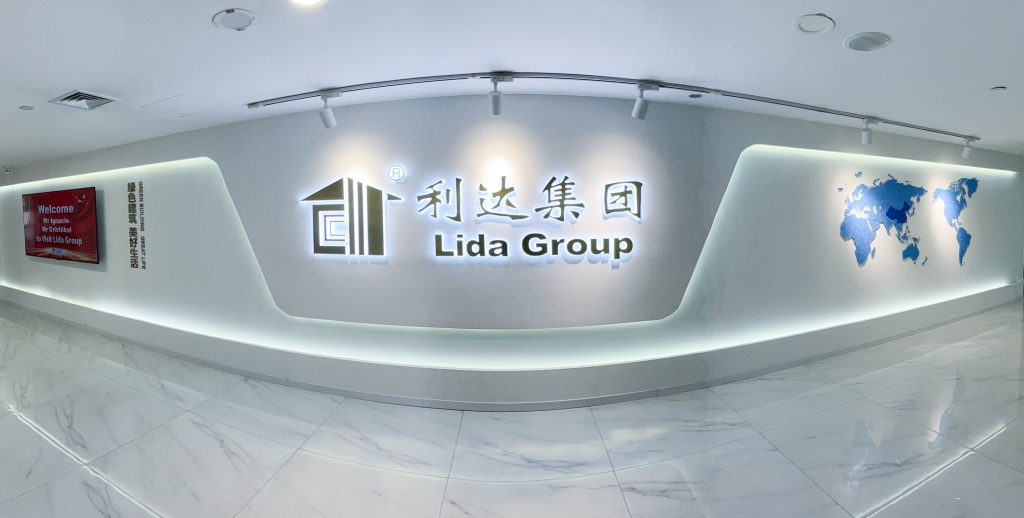**Introduction**
Shipping containers have become a popular choice for innovative construction projects, from residential homes to commercial spaces and even art installations. Their durability, modularity, and affordability make them an attractive option for those seeking sustainable and creative building solutions. However, while shipping containers are inherently strong, they are not indestructible. Modifications such as cutting windows, doors, or stacking containers can compromise their structural integrity if not done correctly. Ensuring the strength and stability of your container structure is critical to its safety, longevity, and functionality.
This article serves as an engineer’s guide to container integrity, offering professional tips and techniques for reinforcing your box structure. Whether you’re planning a single-container home or a multi-container complex, this guide will help you understand the structural challenges of working with shipping containers and provide actionable strategies to enhance their strength and stability.
—
**Why Container Integrity Matters**
Shipping containers are designed to withstand harsh conditions during transit, including heavy loads, extreme weather, and rough handling. However, when repurposed for construction, their structural integrity can be compromised due to modifications, environmental factors, or improper design. Here’s why container integrity is so important:
1. **Safety**: A structurally sound container ensures the safety of its occupants and prevents accidents such as collapses or failures.
2. **Durability**: Reinforcing your container structure enhances its ability to withstand environmental stresses, such as wind, snow, and seismic activity.
3. **Longevity**: Proper reinforcement extends the lifespan of your container, reducing maintenance costs and ensuring long-term usability.
4. **Compliance**: Meeting building codes and regulations often requires demonstrating that your container structure is safe and stable.

**Step 1: Understanding the Structural Design of Shipping Containers**
Before reinforcing a shipping container, it’s essential to understand its original structural design. Shipping containers are made from corten steel, a durable and corrosion-resistant material. Their strength comes from their corrugated walls, corner castings, and rigid frame, which distribute weight and resist deformation.
### **1.1 Key Structural Components**
– **Corrugated Walls**: The wavy pattern of the walls provides strength and rigidity, allowing the container to withstand heavy loads.
– **Corner Castings**: These reinforced corners are designed to support stacking and lifting, making them critical for structural stability.
– **Frame and Beams**: The steel frame, including the top and bottom rails, provides additional support and distributes weight evenly.
### **1.2 Weak Points**
While shipping containers are strong, certain modifications can weaken their structure:
– **Cutting Openings**: Removing sections of the walls for windows, doors, or ventilation can reduce structural integrity.
– **Stacking Containers**: Stacking containers without proper reinforcement can lead to instability, especially in multi-story designs.
– **Environmental Stress**: Extreme weather conditions, such as high winds or heavy snow, can strain the container’s structure.
—
**Step 2: Reinforcing the Container Structure**
Reinforcing a shipping container involves strengthening its frame, walls, and connections to ensure it can withstand modifications and environmental stresses. Here are some pro tips for reinforcing your container structure:
### **2.1 Reinforcing Cutouts**
When cutting openings for windows, doors, or skylights, it’s essential to reinforce the surrounding areas to maintain structural integrity.
– **Steel Frames**: Install steel frames around cutouts to redistribute the load and prevent deformation.
– **Lintels**: Use lintels (horizontal supports) above openings to support the weight of the container above.
– **Corner Braces**: Add diagonal braces to corners to enhance stability and prevent twisting.
### **2.2 Strengthening the Frame**
The container’s frame is its backbone, and reinforcing it is critical for stability.
– **Additional Beams**: Install additional steel beams along the top and bottom rails to strengthen the frame.
– **Cross Bracing**: Add cross braces between the walls to prevent lateral movement and improve rigidity.
– **Corner Reinforcements**: Weld steel plates to the corner castings to enhance their load-bearing capacity.

### **2.3 Reinforcing for Stacking**
If you plan to stack containers, proper reinforcement is essential to ensure stability and safety.
– **Vertical Columns**: Install vertical steel columns at the corners to support the weight of stacked containers.
– **Interlocking Systems**: Use interlocking systems or welding to securely connect stacked containers.
– **Foundation Support**: Ensure the foundation is strong enough to support the combined weight of stacked containers.
### **2.4 Reinforcing for Environmental Stress**
Containers must be reinforced to withstand environmental stresses such as wind, snow, and seismic activity.
– **Anchoring**: Secure the container to a strong foundation using anchor bolts or concrete footings.
– **Wind Bracing**: Install wind bracing to prevent the container from tipping or shifting in high winds.
– **Snow Load Reinforcement**: Reinforce the roof to handle heavy snow loads, especially in colder climates.
—
**Step 3: Choosing the Right Materials for Reinforcement**
The materials you use for reinforcement play a critical role in the strength and stability of your container structure. Here are some recommended materials:
### **3.1 Steel**
Steel is the most common material for reinforcing shipping containers due to its strength and compatibility with corten steel.
– **Steel Beams**: Use steel beams to reinforce the frame and support cutouts.
– **Steel Plates**: Weld steel plates to corners and joints to enhance load-bearing capacity.
– **Steel Mesh**: Use steel mesh for additional reinforcement in walls or floors.
### **3.2 Concrete**
Concrete is often used for foundations and flooring to provide additional stability.
– **Concrete Footings**: Use concrete footings to anchor the container and distribute its weight.
– **Concrete Slabs**: Pour a concrete slab for the floor to add strength and insulation.
### **3.3 Composite Materials**
Composite materials, such as fiberglass or carbon fiber, can be used for lightweight reinforcement in specific areas.

**Step 4: Structural Analysis and Engineering**
Before making any modifications or reinforcements, it’s essential to conduct a structural analysis to identify potential weaknesses and ensure compliance with building codes.
### **4.1 Load Calculations**
Calculate the loads your container will need to withstand, including:
– **Dead Loads**: The weight of the container itself and any permanent fixtures.
– **Live Loads**: The weight of occupants, furniture, and temporary loads.
– **Environmental Loads**: Wind, snow, and seismic forces.
### **4.2 Finite Element Analysis (FEA)**
Use FEA software to simulate the effects of modifications and reinforcements on the container’s structure. This helps identify stress points and optimize reinforcement strategies.
### **4.3 Professional Consultation**
Work with a structural engineer to review your design and ensure it meets safety standards and building codes.
—
**Step 5: Foundation Design and Anchoring**
A strong foundation is critical for the stability of your container structure. Here’s how to design and anchor your foundation:
### **5.1 Foundation Types**
Choose a foundation type based on your site conditions and structural requirements:
– **Concrete Slab**: A concrete slab provides a flat, stable surface and is ideal for single-container structures.
– **Piers**: Concrete piers are used to elevate the container and provide stability on uneven terrain.
– **Pile Foundations**: Pile foundations are used in areas with weak soil or high water tables.
### **5.2 Anchoring Systems**
Secure the container to the foundation using anchoring systems such as:
– **Anchor Bolts**: Embed anchor bolts in the foundation and weld them to the container’s corner castings.
– **Welded Connections**: Weld the container directly to steel beams or plates embedded in the foundation.
– **Tie-Downs**: Use steel cables or straps to tie the container to the foundation.
—
**Step 6: Insulation and Cladding**
While insulation and cladding are primarily used for thermal and aesthetic purposes, they can also contribute to the structural integrity of your container.
### **6.1 Insulation**
Proper insulation helps regulate temperature and prevents condensation, which can weaken the container’s structure.
– **Spray Foam**: Spray foam insulation adheres to the container walls, adding rigidity and insulation.
– **Rigid Foam Boards**: Rigid foam boards can be installed between wall studs for added strength and insulation.
### **6.2 Cladding**
Cladding materials, such as wood or metal panels, can be added to the exterior for aesthetic purposes and additional protection.
– **Metal Panels**: Metal cladding adds durability and enhances the container’s resistance to weather.
– **Wood Panels**: Wood cladding provides a natural look and can be used to reinforce walls.

**Step 7: Maintenance and Inspection**
Regular maintenance and inspection are essential to ensure the long-term integrity of your container structure.
### **7.1 Inspect for Rust**
Check the container regularly for signs of rust, especially in areas prone to moisture. Treat rusted areas with a rust converter or inhibitor.
### **7.2 Check Welds and Connections**
Inspect welds and connections for signs of wear or damage. Reinforce or repair any weakened areas.
### **7.3 Monitor for Structural Shifts**
Look for signs of structural shifts, such as cracks in walls or uneven floors. Address any issues promptly to prevent further damage.
—
**Conclusion**
Reinforcing the strength and stability of your shipping container structure is a critical step in ensuring its safety, durability, and compliance with building codes. By understanding the structural design of containers, using the right materials, and following professional reinforcement techniques, you can create a container structure that is both functional and long-lasting.
From reinforcing cutouts and strengthening the frame to designing a solid foundation and conducting regular maintenance, every step plays a vital role in maintaining container integrity. Whether you’re building a single-container home or a multi-container complex, the tips and strategies outlined in this guide will help you achieve a structurally sound and reliable design.
In conclusion, container integrity is not just about building a strong structure—it’s about creating a safe, sustainable, and innovative space that meets your needs and stands the test of time. By prioritizing structural reinforcement and working with experienced professionals, you can transform a simple shipping container into a durable and inspiring living or working environment.

Related news
-
Choosing a Container Home Site: Factors to Consider When Selecting Your Steel Shelter's New Location
2025-03-24 11:33:00
-
Container Gardening Made Easy: Creative Planting Ideas to Green up Your Steel-Clad Outdoor Space
2025-03-21 17:57:09
-
Clever Container Home Designs: 21 Inspiring Examples of Small Space Layouts and Styling
2025-03-21 17:06:00
contact us
- Tel: +86-532-88966982
- Whatsapp: +86-13793209022
- E-mail: sales@lidajituan.com


